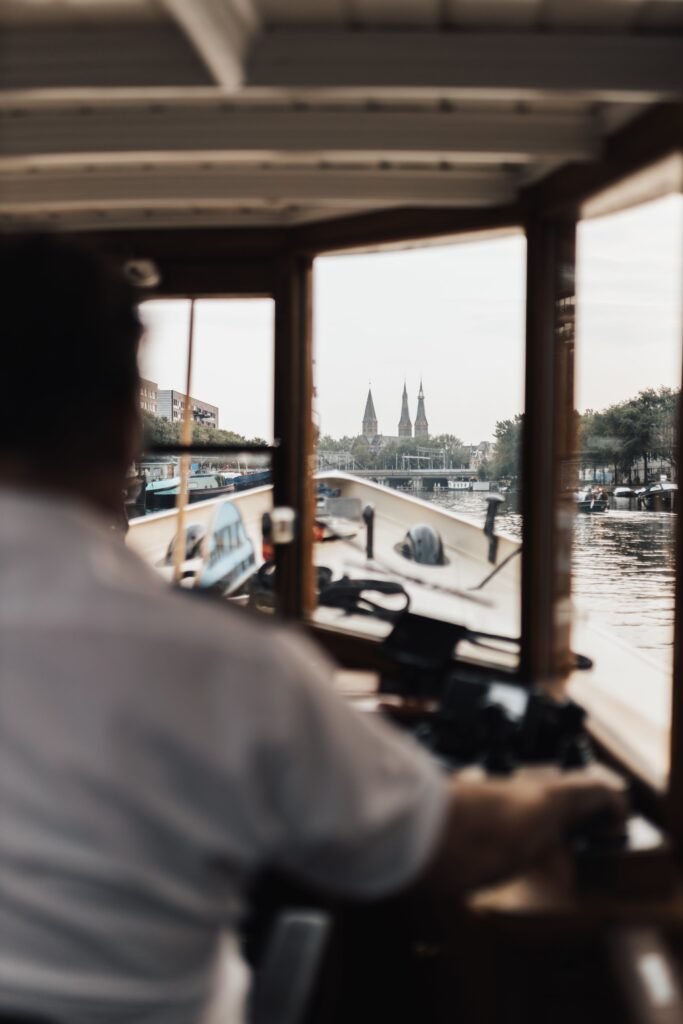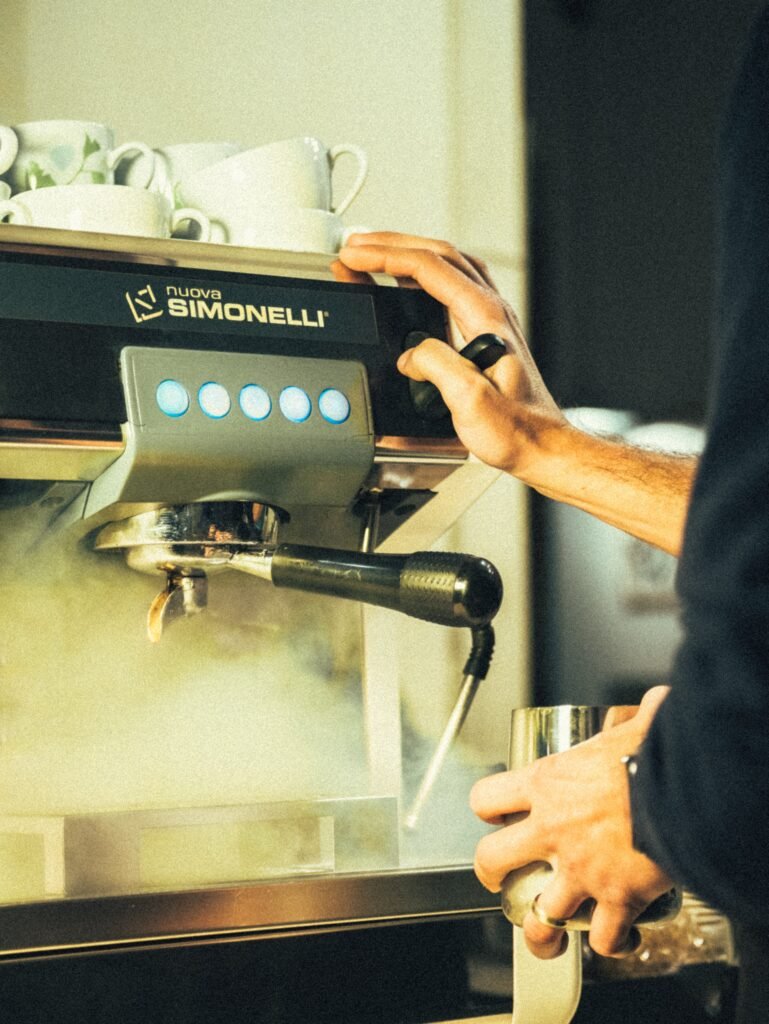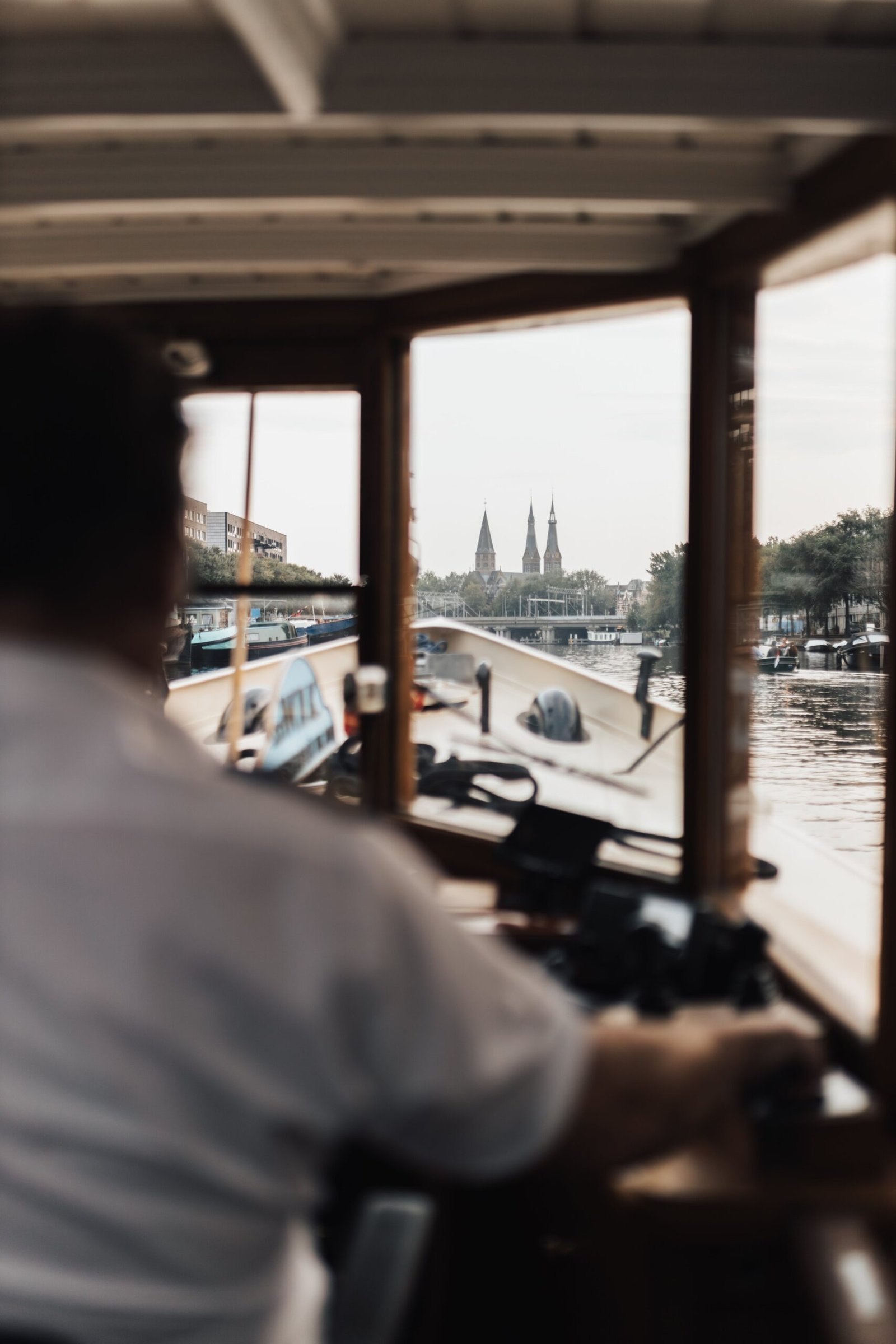Embarking on a solo travel adventure can be an exhilarating experience, but when you have diabetes, it’s essential to prioritize your safety and be well-prepared. In this article, find valuable tips and advice on how to ensure a smooth and worry-free journey as you explore new destinations on your own. From packing essential medications and supplies, to maintaining a balanced diet and monitoring blood sugar levels, you’ll discover practical strategies to make your solo travel with diabetes an enjoyable and memorable experience.

Understanding the Challenges of Solo Travel with Diabetes
Solo travel can be an amazing experience, allowing you to explore new places and immerse yourself in different cultures. However, when you have diabetes, there are some unique challenges that need to be considered. Diabetes is a complex condition that requires regular monitoring, medication, and adherence to a routine. Traveling can disrupt this routine and pose potential risks and dangers for individuals with diabetes.
The Complexities of Diabetes
Diabetes is a chronic condition that affects the body’s ability to regulate blood sugar levels. There are two main types of diabetes: type 1 and type 2. Type 1 diabetes is an autoimmune disease where the body does not produce insulin, while type 2 diabetes is characterized by insulin resistance. Both types require careful management and monitoring of blood sugar levels to avoid complications.
How Travel Can Disrupt Routine Diabetes Management
One of the biggest challenges of traveling with diabetes is the disruption of the daily routine. When you’re on the road, your eating habits, physical activities, and sleeping patterns may change. This can make it more difficult to manage blood sugar levels effectively. Additionally, unfamiliar food options, changes in time zones, and increased physical activity can all impact blood sugar control.
Potential Risks and Dangers of Traveling Alone with Diabetes
Traveling alone with diabetes can present some potential risks and dangers. Hypoglycemia, or low blood sugar, is a common concern for individuals with diabetes. It can be triggered by missed meals, excessive physical activity, or incorrect dosages of medication. If left untreated, hypoglycemia can lead to confusion, dizziness, and even loss of consciousness. Another risk is hyperglycemia, or high blood sugar, which can result from indulging in high-carbohydrate meals or failing to properly manage insulin dosages. High blood sugar levels can cause fatigue, blurred vision, and increased thirst.
Getting a Medical Checkup Before Departure
Before embarking on any travel, it is essential to schedule a pre-travel medical review with your healthcare provider, particularly for individuals with diabetes. Your healthcare provider can assess your overall health, ensure your diabetes is well-managed, and provide recommendations for your specific travel circumstances.
Adjusting Insulin and Medication Dosages for Travel
Based on the advice of your healthcare provider, it may be necessary to adjust your insulin and medication dosages for travel. Factors such as changes in time zones, meal timings, and physical activities can influence your blood sugar levels. Your healthcare provider can guide you on how to modify your dosages to maintain optimal control while traveling.

Getting Necessary Immunizations and Health Clearances
Depending on your destination, you may need to get certain immunizations or health clearances before traveling. It is crucial for individuals with diabetes to stay up-to-date on vaccinations to protect themselves from additional health risks. Discuss your travel plans with your healthcare provider to ensure you have all the necessary immunizations and health clearances.
Carrying Important Medical Documentation
When traveling with diabetes, it is essential to carry important medical documentation to ensure proper care in case of emergencies. Firstly, it is advisable to have a letter from your endocrinologist confirming your condition, medication requirements, and any necessary medical equipment. This letter can help explain your situation to medical professionals if needed. Additionally, always carry a copy of your prescriptions to avoid any issues with customs or if you need to refill your medications.
Keeping a Copy of Your Prescriptions
Apart from having a copy of your prescriptions, it is also crucial to have a list of local pharmacies and hospitals readily available at your travel destination. In case of an emergency or if you need to purchase additional medical supplies, having this information on hand can be extremely helpful.

Importance of Having a List of Local Pharmacies and Hospitals at Your Destination
Being prepared is key when managing diabetes while traveling. By having a list of local pharmacies and hospitals at your travel destination, you can quickly locate the nearest healthcare facilities in case of any unforeseen medical needs. This information is particularly crucial when you are in an unfamiliar place and may need immediate access to diabetes supplies or medical assistance.
Managing Insulin and Medication Supply While Traveling
Managing insulin and medication supply while traveling is essential to ensure uninterrupted diabetes management. Here are some tips for handling your supplies effectively:
How to Store and Manage Insulin During Transit
Insulin is a vital medication for individuals with diabetes, and it is crucial to store it correctly. When traveling, keep your insulin in a cool, dark place to maintain its effectiveness. Avoid exposing it to excessive heat or extreme cold, as it can affect its potency. If necessary, use a cooling bag specifically designed for insulin storage.
Packing Extra Supplies and Medication
When traveling, always pack more than enough supplies and medication to cover the duration of your trip. Unforeseen circumstances, such as delays or lost luggage, can disrupt your travel plans. Packing extra supplies ensures you are prepared for any unexpected situations and prevents you from running out of essential items.
Handling Emergency Situations When You Run Out of Supplies
Despite careful planning, there may be instances where you run out of necessary supplies while traveling. In such situations, it is crucial to remain calm and seek immediate assistance. Contact your healthcare provider, embassy, or local diabetes support groups for guidance on obtaining emergency supplies.
Managing Blood Sugar Levels During Transit
Traveling can disrupt your regular routine, leading to fluctuations in blood sugar levels. Here are some considerations for managing your blood sugar levels during transit:
Effect of Jet Lag and Long Travel Hours on Blood Glucose Levels
Traveling across different time zones can result in jet lag, which can impact your blood sugar levels. Changes in meal timings and sleep patterns can make it difficult to maintain optimal blood sugar control. Stay in contact with your healthcare provider for guidance on adjusting your insulin and medication dosages to accommodate time zone changes.
Special Consideration for Those on Insulin Pumps
If you use an insulin pump to manage your diabetes, it is essential to consider the impact of travel on its functionality. Changes in air pressure during flights can affect the accuracy of insulin delivery. Consult with your healthcare provider or the pump manufacturer for guidelines on managing insulin pump use during travel.
Keeping Quick Sugar Fixes Handy for Hypoglycemic Episodes
Hypoglycemia, or low blood sugar, can occur during transit due to missed meals or excessive physical activity. It is crucial to carry quick sugar fixes such as glucose tablets or candies to promptly treat hypoglycemic episodes. These can provide a rapid source of glucose to raise your blood sugar levels when needed.
Planning Your Meals While Traveling
Maintaining a healthy diet is essential for individuals with diabetes, even while traveling. Here are some tips for planning your meals:
The Importance of Maintaining a Healthy Diet Even While Traveling
Traveling often involves trying new cuisines and experiencing different cultural foods. While it can be tempting to indulge in delicious treats, it is vital to maintain a healthy diet. Opt for well-balanced meals that include lean proteins, vegetables, and whole grains. This will help keep your blood sugar levels stable and provide the necessary nutrients for overall well-being.
Tips for Dining Out with Diabetes
When dining out, it is essential to make thoughtful choices to manage your blood sugar levels effectively. Look for menu options that include lean proteins, vegetables, and healthy fats. Limit your consumption of sugary drinks and desserts. If unsure about the carbohydrate content of a dish, don’t hesitate to ask the restaurant staff for more information. Portion control can also play a significant role in managing blood sugar levels, so be mindful of serving sizes.
Packing Travel-Friendly Snacks and Meals
To maintain stable blood sugar levels while traveling, it is a good idea to pack travel-friendly snacks and meals. This ensures that you have appropriate food options readily available. Choose snacks that are low in added sugars, such as nuts, seeds, and fresh fruits. Having these nutritious options on hand can help prevent unhealthy food choices when hunger strikes.
Staying Active While Traveling
Regular physical activity is crucial for managing diabetes. Here are some tips for staying active while traveling:
The Significance of Regular Physical Activity in Diabetes Management
Physical activity plays a vital role in maintaining blood sugar control for individuals with diabetes. It helps lower blood sugar levels, improves insulin sensitivity, and promotes overall cardiovascular health. Strive to incorporate at least 30 minutes of moderate-intensity exercise into your daily routine while traveling.
Exercising Safely While Traveling
When exercising while traveling, it is essential to prioritize safety. Start with activities that you are familiar with and gradually increase intensity and duration over time. Stay hydrated, wear appropriate footwear, and be mindful of your surroundings. Listen to your body and take breaks as needed. If you have any concerns, consult with your healthcare provider before starting a new exercise routine.
Balancing Activity and Blood Sugar Levels
Engaging in physical activity can impact your blood sugar levels, requiring adjustments in insulin and medication dosages. Regularly monitor your blood sugar levels before, during, and after exercise to ensure they remain within the target range. Consider carrying quick sugars fixes, such as glucose tablets or gels, to quickly raise your blood sugar in case of hypoglycemia during physical activity.
Ensuring Proper Hydration and Resting
Proper hydration and rest are essential for individuals with diabetes. Consider the following tips to maintain optimal health while traveling:
How Dehydration and Fatigue Can Impact Blood Sugar Levels
Dehydration and fatigue can both have a significant impact on blood sugar levels. Dehydration can lead to elevated blood sugar levels, while fatigue can make it more challenging to manage diabetes effectively. It is crucial to drink plenty of water throughout your journey and ensure you get enough rest to maintain stable blood sugar levels.
Staying Hydrated During Travel
When traveling, it is easy to neglect proper hydration. However, staying hydrated is essential for overall health and maintaining stable blood sugar levels. Carry a refillable water bottle and make a conscious effort to drink water regularly, especially during flights or in warm climates. Avoid excessive consumption of sugary beverages, as they can negatively affect blood sugar control.
Ensuring Adequate Rest to Manage Fatigue
Traveling can be physically and mentally exhausting, and fatigue can impact your ability to manage diabetes effectively. Make sure to prioritize rest and ensure you are getting enough sleep each night. Allow yourself time to relax and recover from the demands of travel to help maintain stable blood sugar levels.
Travel Insurance for People with Diabetes
Having travel insurance is essential for anyone embarking on a journey, and even more so for individuals with diabetes. Here’s why travel insurance is crucial:
Why You May Need Travel Insurance
Travel insurance provides financial protection and peace of mind in case of unexpected events during your travels. For individuals with diabetes, travel insurance can cover medical expenses, emergency medical evacuations, and lost or stolen medication. It offers reassurance that you will receive the necessary care if any diabetes-related emergencies occur while you’re away from home.
What to Look for in a Travel Insurance Policy
When choosing travel insurance, it is important to find a policy that specifically covers pre-existing medical conditions, including diabetes. Read the policy details carefully to ensure it offers adequate coverage for your specific needs and provides assistance for diabetes-related emergencies. Check if the policy covers the cost of medications, medical transport, and hospital stays.
Claiming Insurance in Case of a Medical Emergency
In case of a medical emergency while traveling, it is essential to know how to file a claim with your travel insurance provider. Familiarize yourself with the insurance company’s claims process, including the required documentation and procedures. Keep all your medical documents and receipts, as they may be required for reimbursement.
Returning Home Safely
After an exciting journey, it is essential to transition back to your regular routine and manage any changes your body experienced due to travel. Here are some considerations for returning home safely:
Effect of Travel on Diabetes and Getting Back to Routine
Travel can impact your diabetes management, and returning home provides an opportunity to reassess and adjust your routine as needed. Monitor your blood sugar levels closely and consult with your healthcare provider to ensure a smooth transition back to your regular diabetes management plan.
Post-Travel Medical Review
Consider scheduling a post-travel medical review with your healthcare provider to discuss your travel experience and any changes in your diabetes management. They can assess your overall health status, adjust medications if necessary, and address any concerns you may have.
Reporting Any Health Issues Encountered During Travel to Your Healthcare Provider
If you encountered any health issues or complications during your travels, it is important to report them to your healthcare provider. They can provide appropriate guidance and support, and may need to make adjustments to your diabetes management plan based on your experiences.
In conclusion, solo travel with diabetes requires careful preparation, planning, and awareness of the unique challenges it presents. By understanding the complexities of diabetes, getting a pre-travel medical checkup, carrying important medical documentation, managing insulin and medication supply, balancing blood sugar levels, planning meals, staying active, ensuring proper hydration and rest, obtaining travel insurance, and returning home safely, you can embark on a fulfilling journey while effectively managing your diabetes. Remember to always prioritize your health and seek support from healthcare professionals when needed. Bon voyage!

